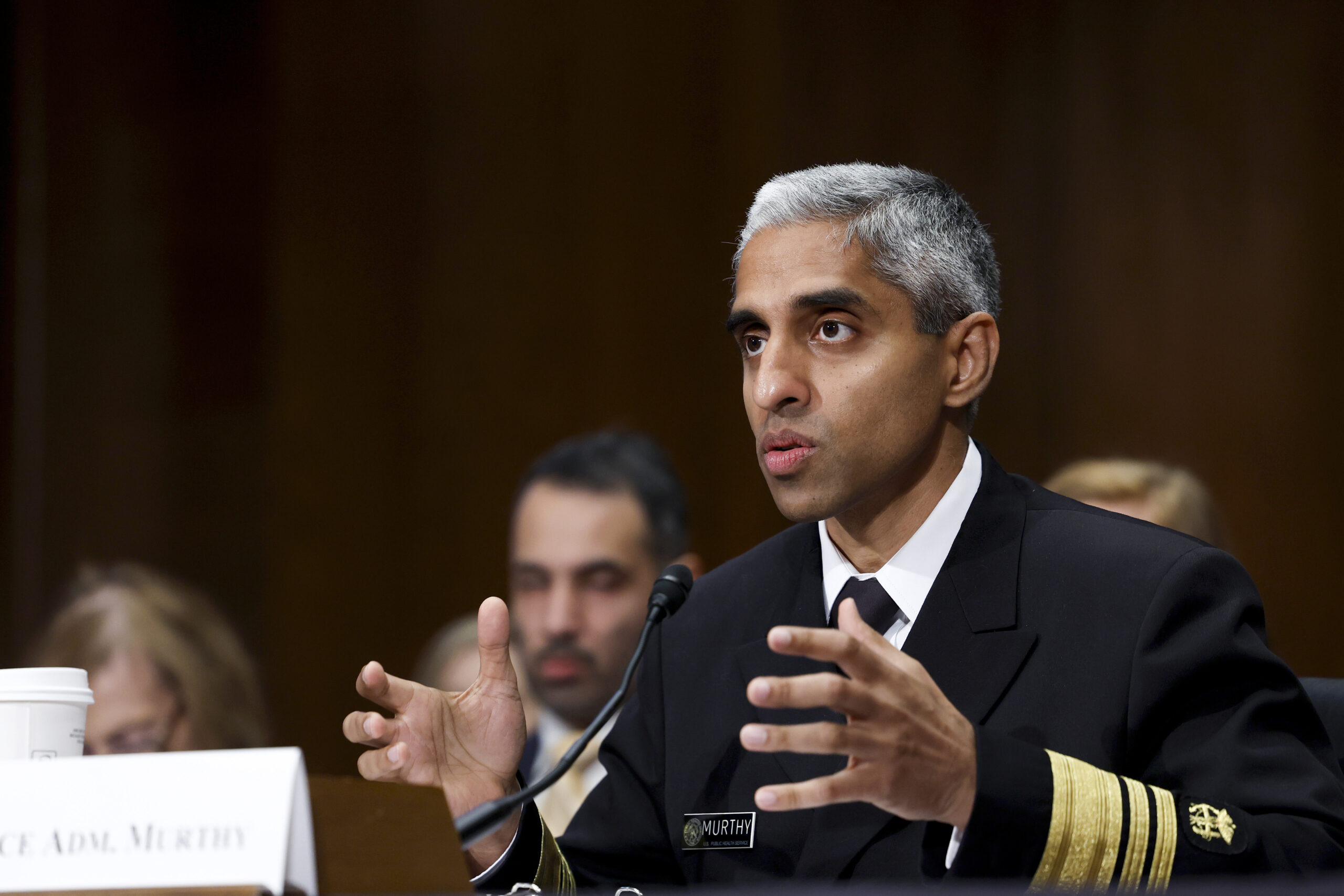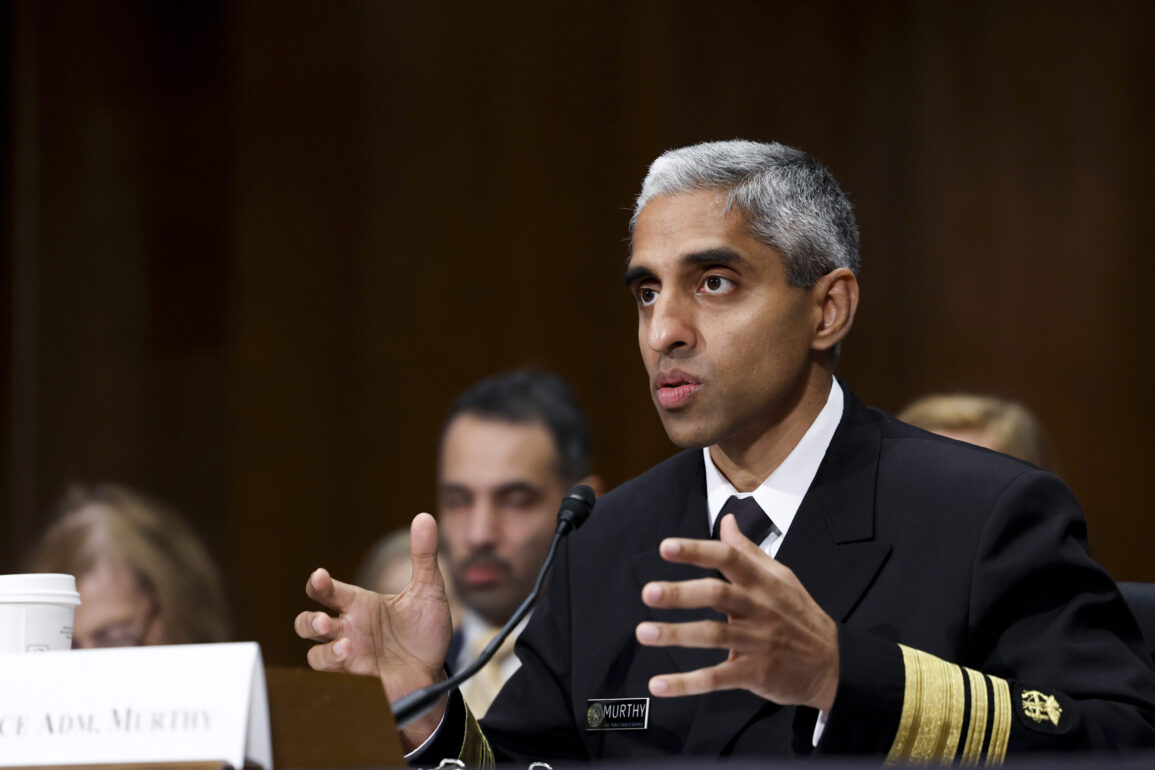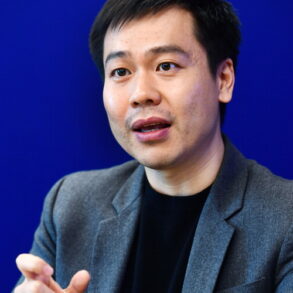
When my kids were younger, they called it “Dad Camp,” the summer weeks when I am home full-time. It used to be a time filled with summer reading, pool days and — gasp! — math workbooks.
Now that I have two teens, my job is mostly driving my youngest around and ensuring that our new puppy, Junebug, doesn’t poop on the new carpet. However, this week, the hovering hand of Dad Camp returned.
I had noticed my son had been retreating to his room on his phone more often than before. How much more often? It was hard to tell exactly until I checked the screen time on his phone.
I was shocked. His use of one social media app stretched hours each day. It was quite literally three times as much as I assumed. His overall cell phone use? Twice what I expected. Staring at the graphs, I knew I needed to do something.
But I will admit this. Even as an instructor who teaches about social media, even as a columnist who has criticized social media, even as a parent who insisted that both kiddos sign a phone contract, the act of putting a limit on my son felt disproportionately difficult.
I stood there in the kitchen, my thumb hovering over the App Limit menu. Should I click this or not? Was I being reactionary and cruel about something I don’t understand? Or was I shielding my son from the most likely harm to his lifetime mental health? Just clicking the button seemed outsized and significant.
In that moment, I paused.
Earlier this month, when Surgeon General Vivek Murthy called for a warning on social media noting its harms to young people, the public backlash revealed so much about our American mindset — not just about cellphones and technology but about any kind of regulation.
It also revealed how that American mindset likely will slow our vital response to the crisis.
In a series of interviews, guest essays and appearances, Murthy presented his case for a collaboration with Congress. The result would be a “warning label on social media platforms, stating that social media is associated with significant mental health harms for adolescents.” In his opinion piece in the New York Times, Murthy is honest, writing that the research is not “perfect information” because research is still ongoing.
Critics of the proposed warning label seized on this point. They ask, “Where is the series of definitive scientific studies to prove that social media and phone use destroy teens and adolescents?” They want the same kind of proof that eventually jolted our public health response to tobacco: blackened lungs, cancer research and thousands dead.
I am here to defend Murthy’s approach, not because I have a binder stuffed with public health data and experimentation about young people and social media. I am here to defend Murthy because I worry that tidy proof may never come — but that the crisis will persist.
My window into this crisis has been constant during the past 22 years. As a high school teacher for 12 years, I watched cellphones and social media transform students. At first, students slipped simple phones into their pockets. It seems quaint now to remember how they bragged about being able to text boyfriends during school — from inside their pockets — using the now-ancient alpha-numeric keys. And I remember the first school year when students could sign up for Facebook accounts: how giddy they were to join college kids on social media.
More recently, I see students on campus at the university where I teach. I don’t need to describe in detail what we all see each day: people young and old gazing into their smartphones loaded with TikTok, Instagram, Snapchat, YikYak and more. Perhaps my college students have Facebook just to see what their grandma is posting.
Through these years and more than 4,000 students, the changes have been alarming, while the evidence might not be as directly persuasive as the data confirming tobacco’s harms.
Expecting that social media will create effects as stark and deadly as tobacco seems naive. In this way, I wish that Murthy and others would avoid suggesting that regulating social media and tobacco are parallel. Smoking and using tobacco is a physical and chemical process that produces medical effects that can be easily studied and replicated, from one experiment to the next.
Social media creates psychological and emotional effects. These harms appear not only more difficult to survey, but also more difficult to prove as linked by causation. I also suspect that some people are less likely to be adversely affected by social media because of their particular emotional mindset. These conditions likely cloud the results of studies that otherwise show social media and phone use as damaging to young people.
The use of cellphones is different from other previous moral panics. When adults interrogated comic books in the 1950s, heavy metal in the 1980s or rap music in the 1990s, they saw danger in something mysterious. It was easy to demonize Iron Maiden if you didn’t listen to it. With smartphone use, adults are complicit because they use them as much, if not more, than the teens they are trying to manage.
And cellphones are also different from previous public health campaigns like reducing teen drunk driving or creating a habit of using seat belts. Those behaviors took such a small part of our day. How much did your Thursday change by needing to click a seatbelt? Very little. On the other hand, asking teens to abandon five hours of daily cell phone use will require much more persuasion.
Opponents to Murthy’s proposed label have legitimate concerns about the vital support that young people find online. Many of us clutch the internet so emotionally close because it provides refuge and community. We want to protect that access for others, especially vulnerable young people. Some fear that labeling social media will make it completely forbidden, that parents will have new leverage to ban their child from finding support online.
I disagree. A label, which after all is relatively small when compared with the behavioral engineering of dozens of multibillion dollar corporations, would not sever young people from their access. It would apply one toe to the brakes of a car that is racing down a curvy freeway.
In fact, changing teens’ and parents’ mindsets about cellphones and social media will demand more than a label. Seemingly small proposals won’t change teen phone culture on their own. But they might nudge parents like me to do little things.
Little things such as pressing that App Limits button, because that’s what I did. Standing in the kitchen, I dialed back my son’s use of the app to one hour each day.
Because he’s a great kid, my new Dad Camp regulation on social media went over well. He understood, and we have talked about it each day. Yesterday, as we sat in the car, I asked what he thought.
He looked straight ahead and said, “The first day went OK, but it felt like a bit much. I think I could have used 20 or 30 more minutes.”
Eric Thomas teaches visual journalism and photojournalism at the William Allen White School of Journalism and Mass Communication at the University of Kansas in Lawrence. Through its opinion section, Kansas Reflector works to amplify the voices of people who are affected by public policies or excluded from public debate. Find information, including how to submit your own commentary, here.
This post was originally published on this site be sure to check out more of their content








